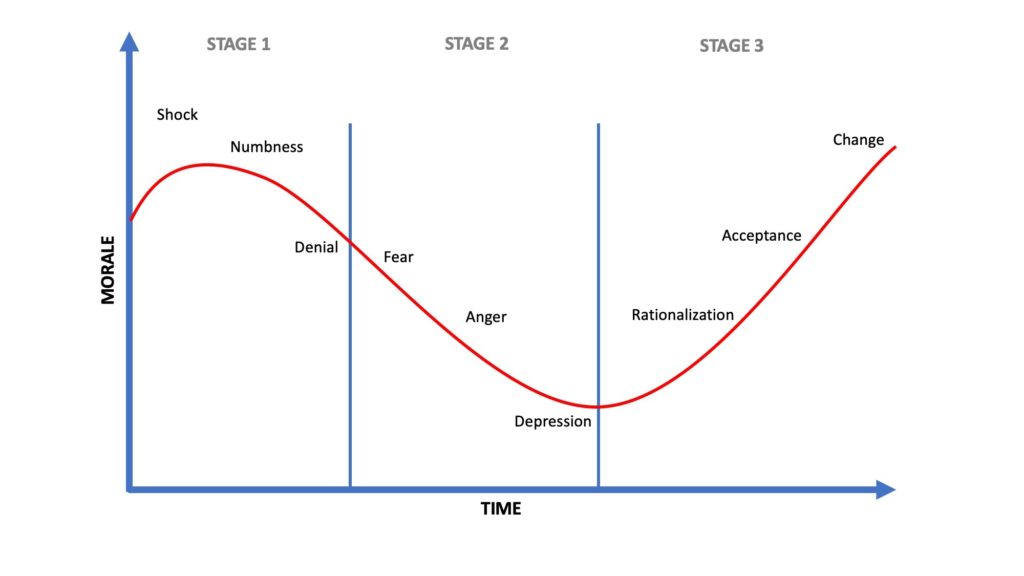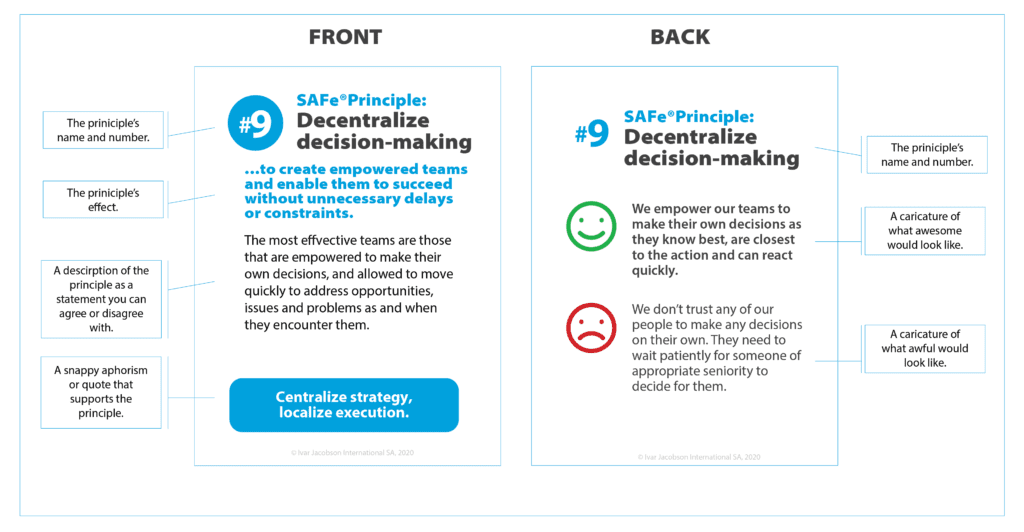Learning from the program dependency board

The SAFe program board, or program dependency board, is a key artifact used in PI Planning and execution. The Agile Release Train (ART) teams and stakeholders used it to align, anticipate risks, and adapt the plan accordingly.
This inspection and adaptation of the plan based on insights from the program dependency board is first-loop learning—making changes in the plan based on what we see.
Deeper learning from the program dependency board
What we rarely see, though, is deeper learning from what the program dependency board shows us. It’s like the good old times where you would see a project manager/PMO working their Microsoft Project Gantt Chart, moving things around, but rarely stopping to ask deeper questions around the base structure of their plans and why they’re based on a waterfall model.
Program dependency boards can drive deeper learning about the structure of our ART and its alignment with the kind of mission/vision we’re pursuing, and the backlog of features we’re working on. If we see too much red yarn on our boards, it isn’t something to be proud of. Yes, we can be proud that we identified the dependency and even more that we were able to massage our PI plan to deal with it in a reasonable way. But too much red yarn means too many dependencies. Too many dependencies mean our Value Stream network isn’t configured well. It means we should probably look at ways to reconfigure the network (meaning restructure teams and maybe even the ART).
When to do this deeper learning
I get it. This sort of learning is hard to pursue in the heat of PI Planning. And all too often when PI Planning is done and we have a workable plan in hand, it’s tempting to just move into execution. Resist the temptation. Let the dust settle, but find the time that makes sense to have a deeper retrospective that is based on the patterns you see on the program board. This can be a good discussion in your Scrum of Scrums or with an extended forum that includes the wider ART leadership.
There’s no need to wait for the next inspection and adapt (I&A). It’s fresh now and outcomes from this retrospective might anyhow require a lot of refinement and consideration before they’re actionable. Start the process early in the PI, so hopefully, you’ll be in a position to reconfigure the network going into the next PI as needed.
A typical pattern is when such a retrospective raises the need to rerun a Value Stream identification (VSI) workshop.

Validating the Value Stream design hypothesis—a key but often skipped step
Speaking of the VSI workshop, one key element in it that many practitioners skip is the validation of your Value Stream design hypothesis. After identifying a development Value Stream, run some water through the pipes—take some work in the form of Features or even higher-level Epics/Themes and explore how they will flow through this Value Stream/ART/Solution ART. If the work flows nicely with a minimal number of dependencies, you found a good setup. If even in this ‘dry run’ you already see you have too many dependencies, time to rework the design!
PI Planning dry run
And yes, what this dry run means is that ideally, even in this early phase, before even launching the ART, you should consider doing a light version of PI Planning with the Value Stream design you have in mind to see that it makes sense. You don’t want to train everybody, spend a serious amount of time on preparing to launch the ART, and then find it’s not a self-sufficient ART or that it’s comprised of teams that aren’t self-sufficient.
Summary
I’ve talked about some recommended SAFe best practices here—some are implicitly mentioned in SAFe, and some complement the formal guidance. The key point I wanted to make is how important is it to aim for the right Value Stream network and to continuously inspect and adapt so that value can easily flow with minimal dependencies and slowdowns. And if your Value Stream network is configured well, everything else becomes much easier.
If you’d like to read more about my SAFe experiences in the trenches, I’ve written an e-book. I’ll also be at the upcoming 2020 Global SAFe Summit on the Agile Marketing panel, at the AgileSparks booth in the Partner Marketplace, and at the SAFe Experts Coaching Station. I look forward to connecting with you.
About Yuval Yeret

Yuval Yeret is the head of AgileSparks (a Scaled Agile Partner) in the United States where he leads enterprise-level Agile implementations. He’s also the steward of The AgileSparks Way and the firm’s SAFe, Flow/Kanban, and Agile Marketing. Yuval is a SAFe Program Consultant Trainer (SPCT5), a Professional Scrum.org Trainer (PST), an internationally recognized Kanban Trainer, a thought leader, recipient of the Lean/Kanban Brickell Key Award, and a frequent speaker at industry conferences.
Share:
Back to: All Blog Posts
Next: The Power of Informal Learning Networks










































